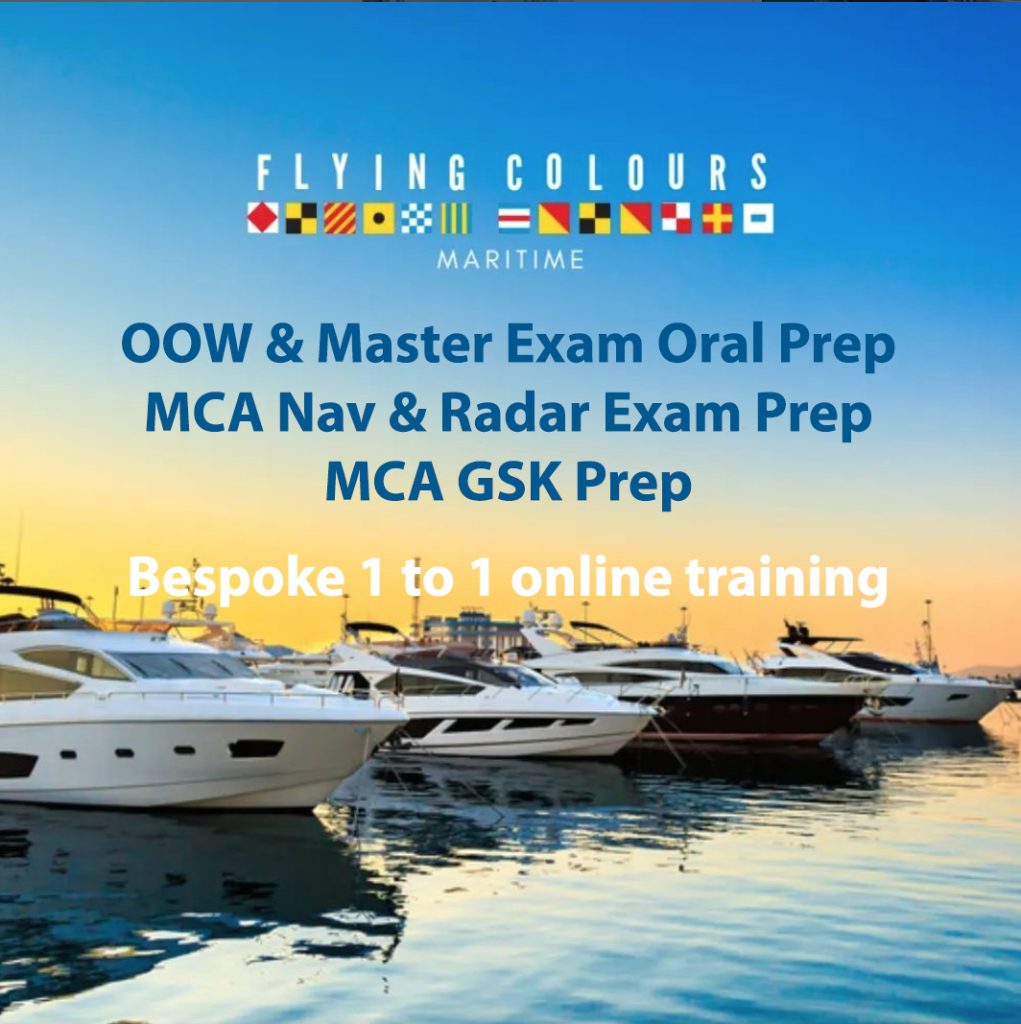The Importance of Rule 5 of the COLREGs
Navigating the vast and open waters of the world’s oceans can be a daunting task. Amid the multitude of challenges mariners face, one of the most significant is ensuring the prevention of collisions at sea. At the heart of this safety protocol lies the International Regulations for Preventing Collisions at Sea (COLREGS), or IRPCS, a set of rules universally accepted and adhered to by seafarers globally. One of these critical rules, Rule 5, serves as the cornerstone of safe navigation. This article delves into the essence of Rule 5 and explores why it is integral to maritime safety.
Rule 5: The Look-out
At its simplest, Rule 5 of the COLREGS states, “Every vessel shall at all times maintain a proper look-out by sight and hearing as well as by all available means appropriate in the prevailing circumstances and conditions so as to make a full appraisal of the situation and of the risk of collision.”
In other words, every vessel, regardless of its size or purpose, must ensure they have an effective look-out at all times to evaluate the surrounding situation accurately and assess the risk of collision.
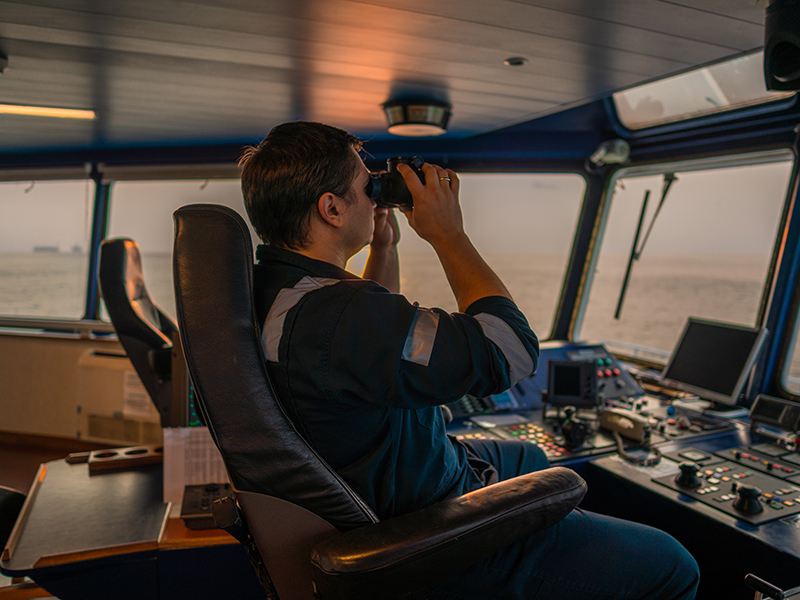
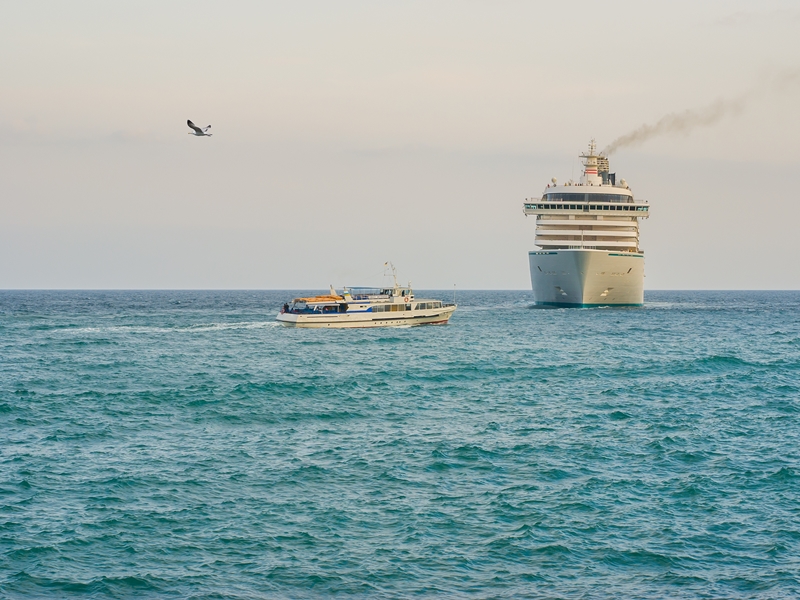
The Significance of Rule 5
The maritime environment is an ever-changing panorama, affected by weather conditions, traffic density, and numerous other factors. Consequently, maintaining a proper look-out is the primary step towards ensuring safety at sea.
Risk Assessment: The core purpose of a look-out is to gather information about the vessel’s surroundings and use it to make a full appraisal of the situation. It includes assessing other vessels’ positions, course, and speed, along with identifying any potential hazards, such as debris, ice, or weather conditions.
Prevention of Collisions: Collisions at sea can lead to disastrous outcomes, including loss of life, environmental damage, and significant financial losses. By identifying risks early, the look-out helps to avoid potential collisions by providing enough time for the vessel to take appropriate action.
Universal Application: Rule 5 applies to every vessel, from the largest cargo ships to the smallest yachts, ensuring that all vessels take responsibility for maintaining safety at sea.
Enhancing Situational Awareness: A good look-out increases the vessel’s situational awareness, enabling better decision-making. It aids in navigating crowded waters, identifying navigational markers, and observing changes in weather or sea conditions.
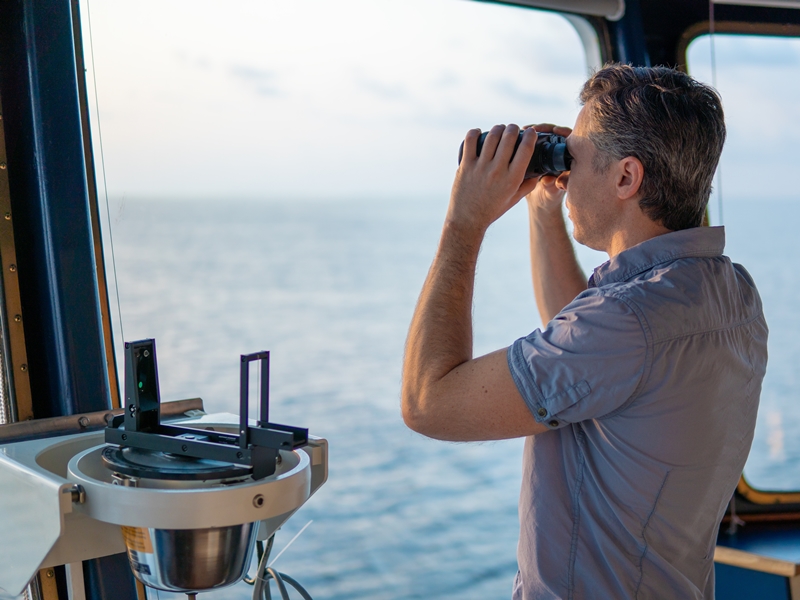
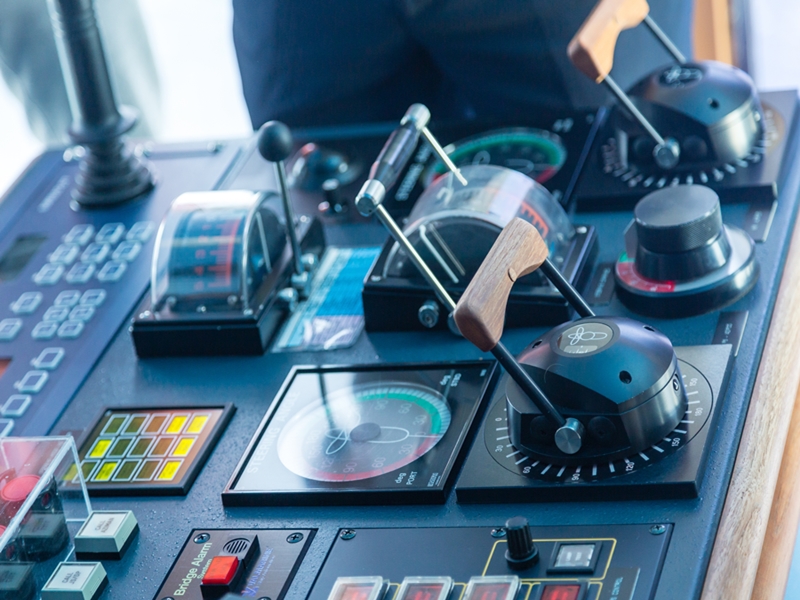
Technological Aid and Human Element
Although modern ships are equipped with advanced technology, such as radar, AIS (Automatic Identification System), and ECDIS (Electronic Chart Display and Information System), Rule 5 emphasises the importance of maintaining a look-out by both sight and hearing. The human element cannot be understated and complements these technological aids in creating a holistic understanding of the surroundings.
For instance, while radar can detect objects at a distance, the human eye is far superior at short-range object detection. Similarly, certain sounds, such as fog horns from vessels in poor visibility or breaking waves on a nearby rocky shore, can provide crucial information unattainable through technology.
Conclusion
Rule 5 of the COLREGS encapsulates the essence of safety at sea—constant vigilance. It emphasises the need for continuous situational awareness and underscores the role each mariner plays in preventing collisions. Regardless of the advancements in marine technology, the human element in maintaining a proper look-out remains paramount. Adherence to Rule 5 is more than a regulatory obligation; it is a commitment to safeguard lives, protect the marine environment, and ensure safe passage across the world’s oceans.


